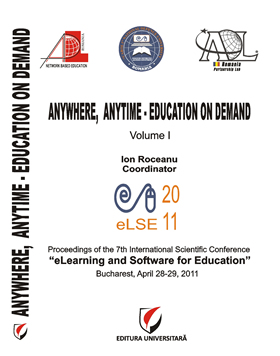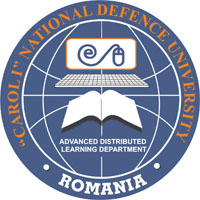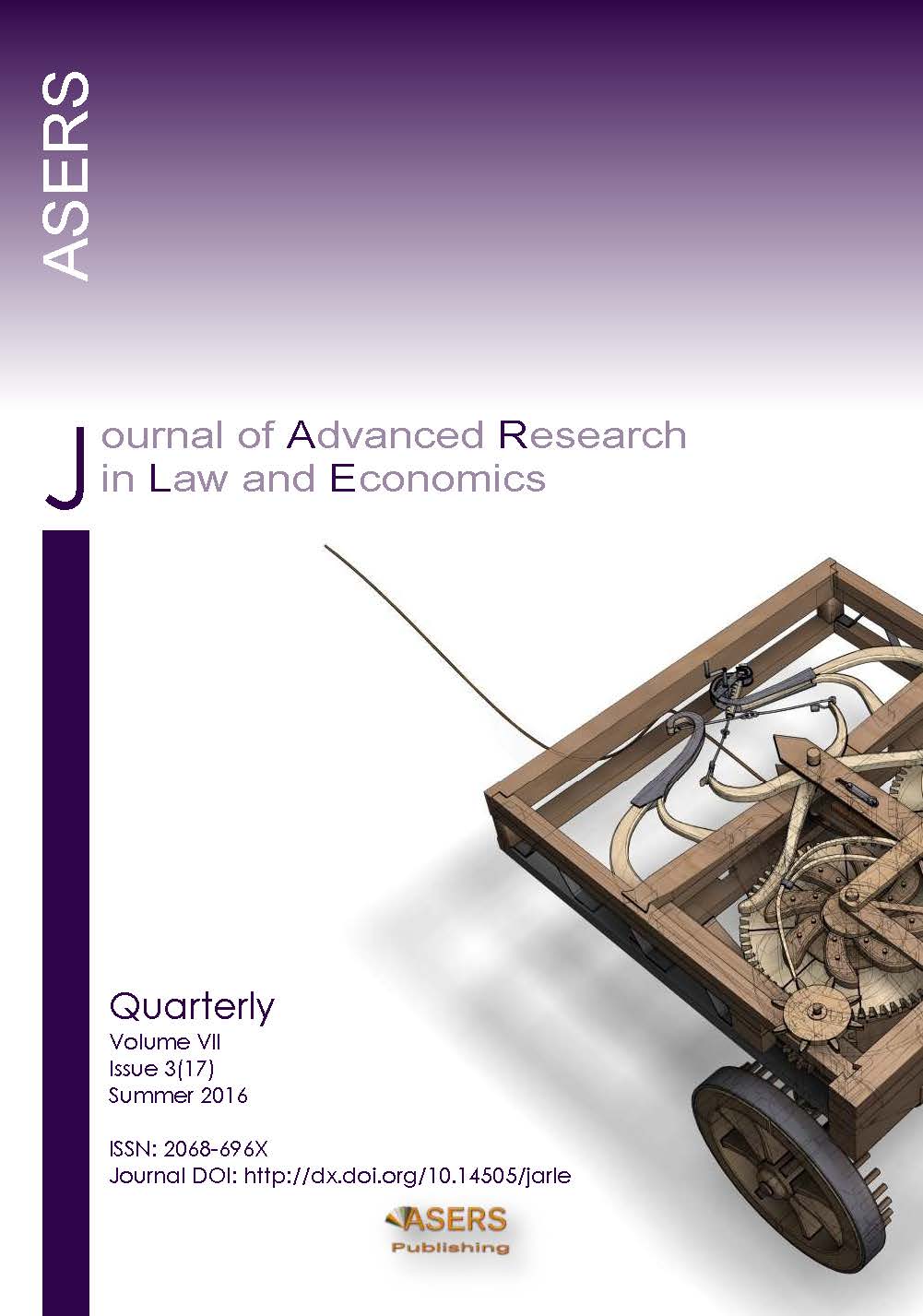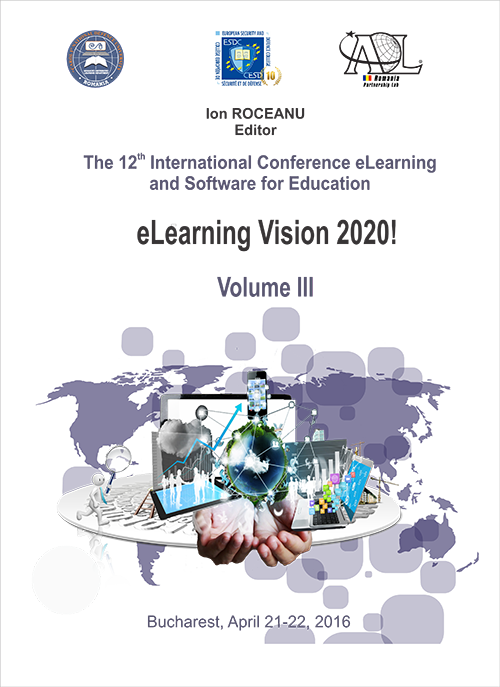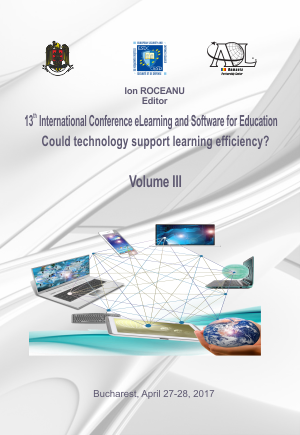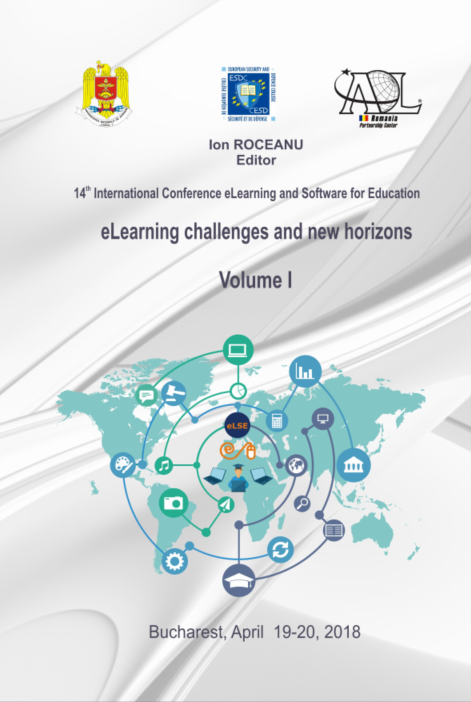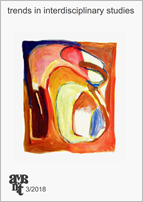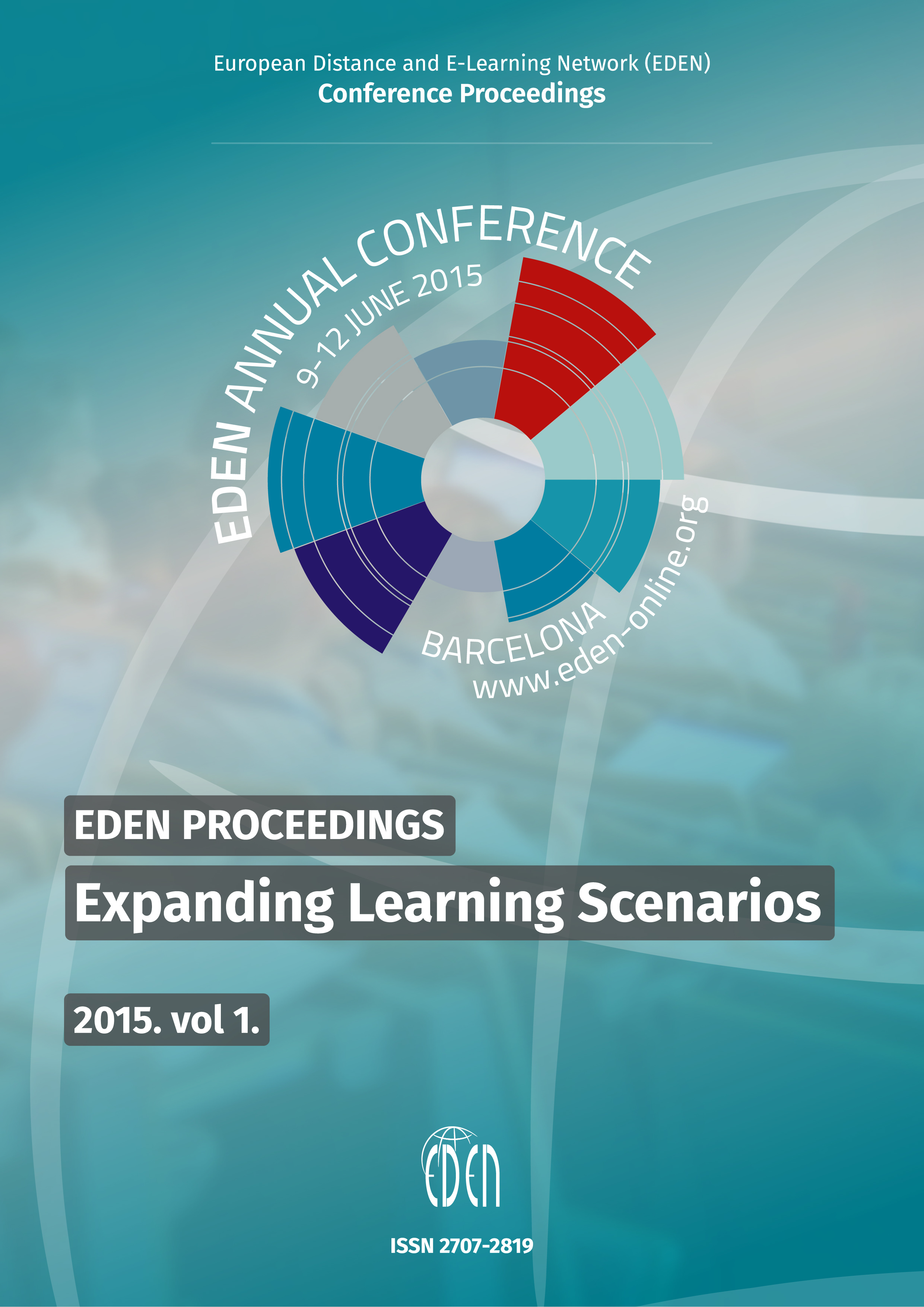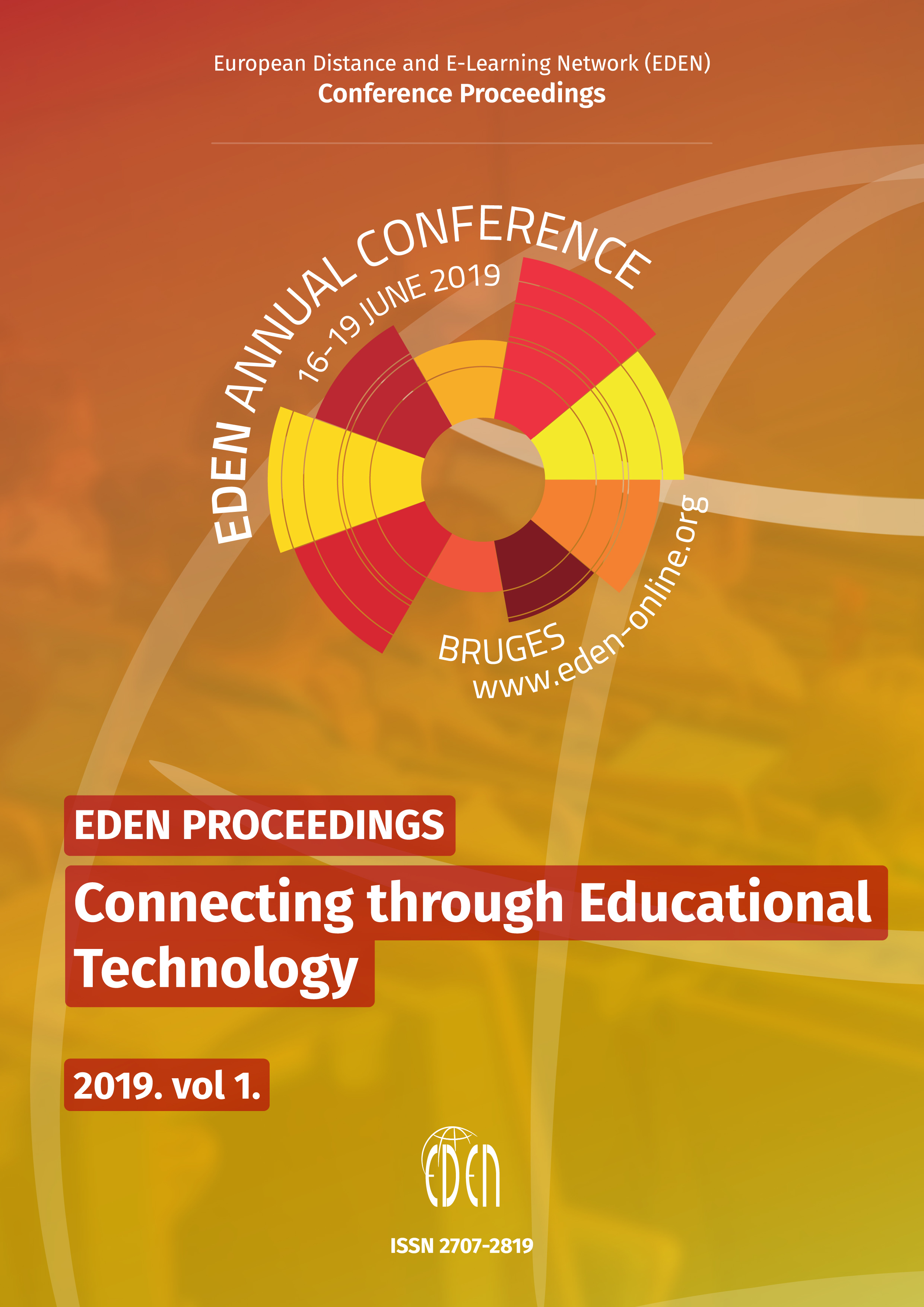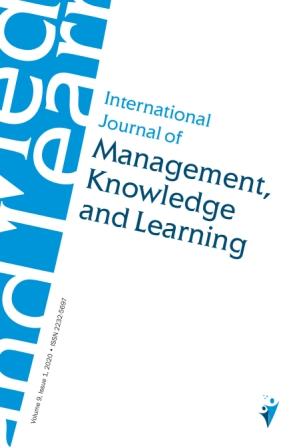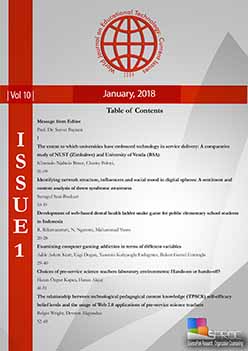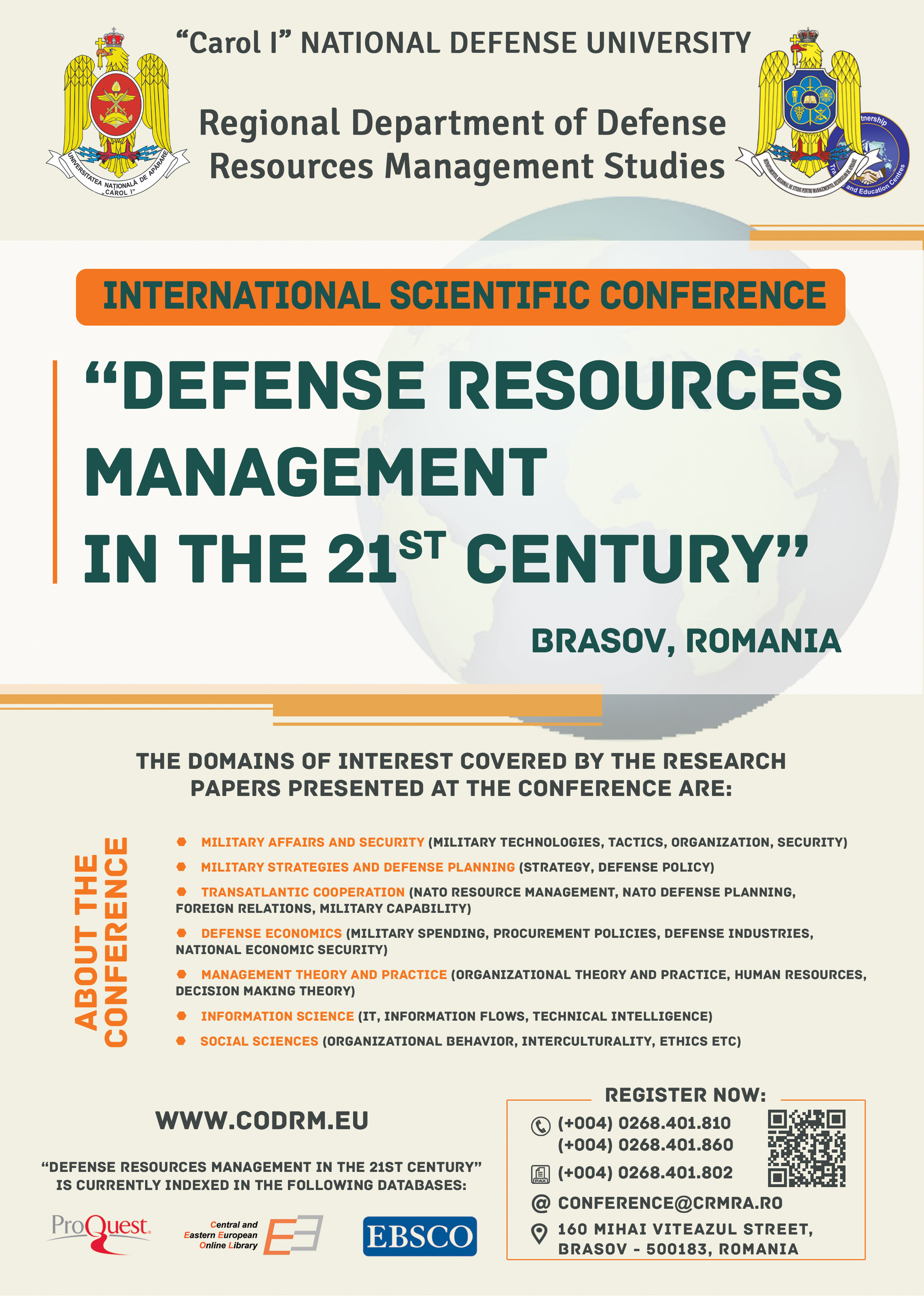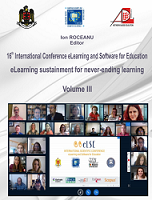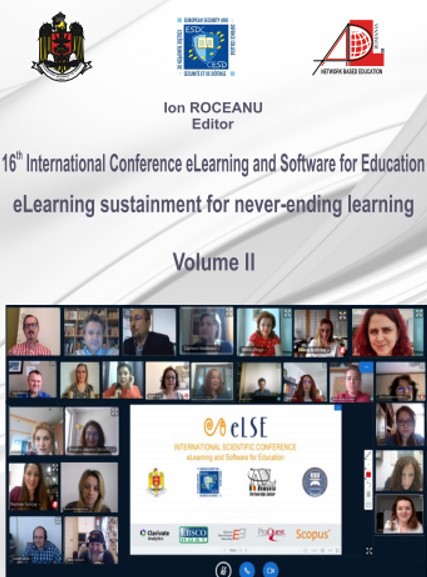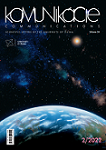TEACHING THREE-DIMENSIONAL SHAPING FOR KNITTING TECHNICAL APPLICATIONS
Author(s): Mirela Blaga,Mihai Penciuc,Eduard-Ionuț Ștefan / Language(s): English
/ Issue: 03/2020
Keywords: Computer controlled flat knitting machines; three-dimensional (3D) shaping; teaching three-dimensional shaping; knitting technical applications;
The latest generation of computer controlled flat knitting machines introduced recently are the most sophisticated knitting equipment ever produced. Weft knitting is considered to offer the highest potential and versatility for three-dimensional (3D) shaping, the machines that can produce either shaped panels or seamless whole garments. 3D knitted shapes became very attractive solutions due to their potential in different industrial sectors, from clothing to home textile and advanced composites. They provide solutions concerning the systems efficiencies, waste minimisation and also creates opportunities for new applications, not traditionally associated with textile industry. The paper focuses on the teaching module regarding the most used techniques, when producing 3D shaped structures using flat-bed knitting, such as: intarsia, spacer, plating, shaping, and weaving-inlay. These techniques are exemplified through a range of products, in order to facilitate the understanding of their technical potential, and as a starting point for investigating closely the design of knitted 3D shaped forms. The lesson will comprise of various examples of materials and applications, available for the trainees, at http://www.moodle.tex.tuiasi.ro. A relatively new and challenging industry for knitting is the sport shoes market. The flat knitting technology manufacturer, H. Stoll AG & Co. KG, meets the high performance requirements for sport shoes and design opportunities for the leisure style. The mentioned producing techniques allow the control of the surface properties, from partial stretch, compression, shaping, required for high comfort zones, to weaving and knitting designs that integrate reinforcements, where need it. All these can be materialized in one layer or multiple layers knitted fabrics, with plating, intarsia and multishell techniques. The knitted upper shoes are complex products made of different patterns, with areas of different tightness, for giving either more support or more flexibility.
More...
